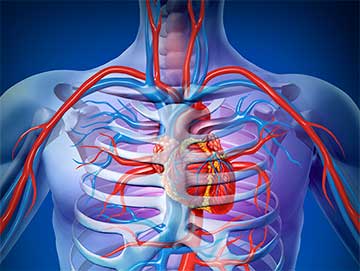Tested biomarkers include:
Triglycerides, total cholesterol, HDL cholesterol, LDL cholesterol, cholesterol/HDL ratio, non-HDL cholesterol, lipoprotein (a), apolipoprotein B, LDL particle number, peak size, pattern, HDL large, LDL small and medium are all markers of cholesterol metabolism and are used in clinical practice to assess cardiovascular risk.
Triglycerides: Triglycerides are a type of fat that circulate in the blood. Elevated levels of triglycerides are associated with an increased risk of heart disease.
Total cholesterol: Total cholesterol measures the amount of cholesterol in the blood, including both LDL and HDL cholesterol.
HDL cholesterol: HDL cholesterol, also known as “good” cholesterol, helps remove cholesterol from the bloodstream and is associated with a lower risk of heart disease.
LDL cholesterol: LDL cholesterol, also known as “bad” cholesterol, can build up in the walls of arteries, leading to atherosclerosis and an increased risk of heart disease.
Cholesterol/HDL ratio: The cholesterol/HDL ratio is calculated by dividing total cholesterol by HDL cholesterol. A higher ratio is associated with an increased risk of heart disease.
Non-HDL cholesterol: Non-HDL cholesterol includes all types of cholesterol except HDL cholesterol. Elevated levels of non-HDL cholesterol are associated with an increased risk of heart disease.
Lipoprotein (a): Lipoprotein (a) is a type of LDL cholesterol that is associated with an increased risk of heart disease.
Apolipoprotein B: Apolipoprotein B is a protein found on LDL cholesterol particles. Elevated levels of apolipoprotein B are associated with an increased risk of heart disease.
LDL particle number: LDL particle number measures the number of LDL cholesterol particles in the blood. Elevated levels of LDL particle number are associated with an increased risk of heart disease.
Peak size and pattern: The size and pattern of LDL cholesterol particles can also provide information about cardiovascular risk. Small, dense LDL particles are associated with an increased risk of heart disease.
HDL large: HDL large particles are associated with a lower risk of heart disease.
LDL small and medium: LDL small and medium particles are associated with an increased risk of heart disease
Click here to search for affliated direct lab draw stations near you.

